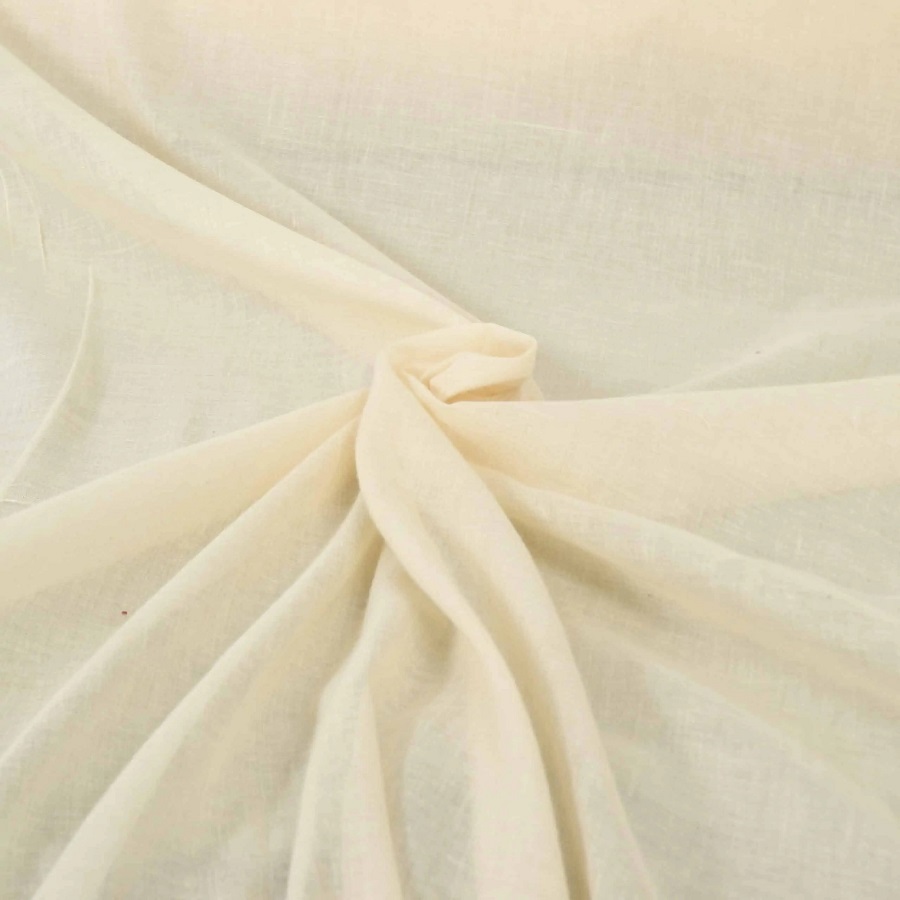The Rich History of Muslin Fabric
Muslin fabric has a storied past rooted deep in history. It stands out for its elegant weave and strong cultural ties, reaching back to ancient times. In the winding lanes of history, muslin fabric has traveled across continents, taking on new forms and uses but always retaining its celebrated status as a textile of choice.
Origins and Cultural Significance
The journey of muslin began in Dhaka, Bangladesh, known historically as Dacca. Here, its fine fibers got their first weave, creating a cloth that would come to symbolize luxury. The name ‘muslin’ emerged from Mosul, Iraq, where European traders came across this exquisite fabric, mistaking its origin. Despite its delicate appearance, muslin’s value was comparable to precious metals – it was a treasure among textiles.
Muslin’s cultural significance is undeniable, with deep roots in India’s rich history of textile craftsmanship. Mahatma Gandhi embraced muslin as a symbol of independence and nonviolent resistance during the British colonial period. His promotion of spinning and weaving muslin, known as khadi, inspired a movement that intertwined the fabric with the spirit of freedom.
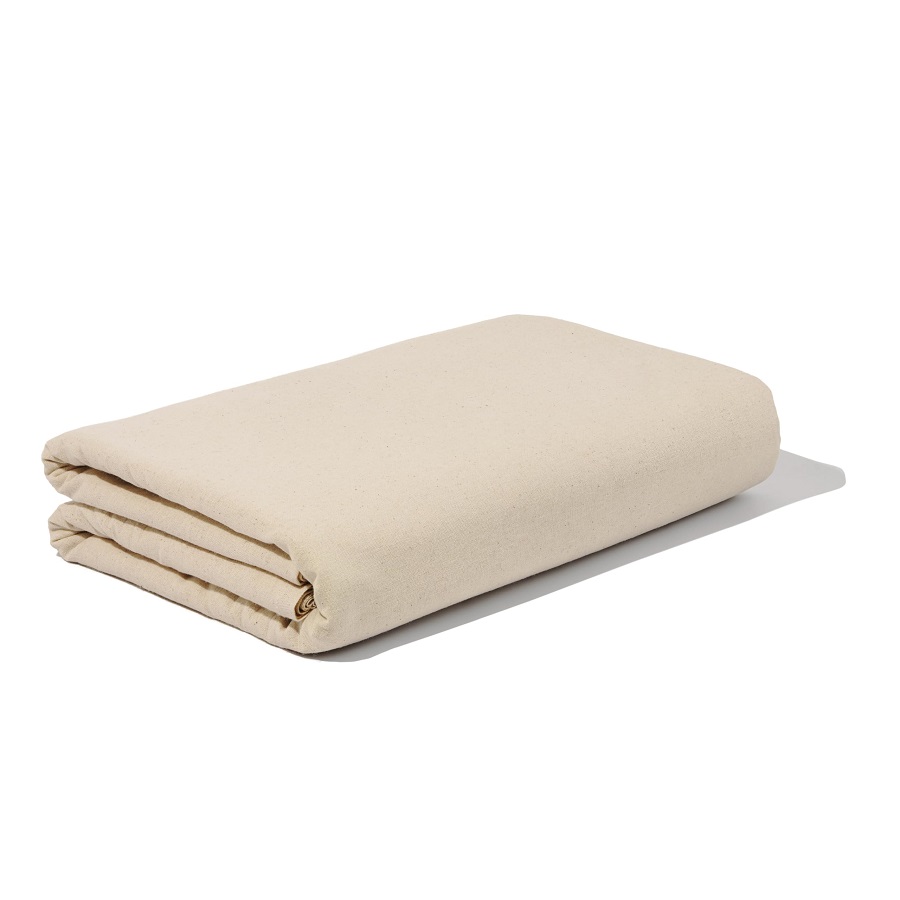
Evolution from Ancient Times to Modern Usage
From its luxurious beginnings, muslin has undergone a profound transformation. What was once a coveted fabric of the elite is now accessible to all, serving various purposes across the world. No longer confined to clothing, modern muslin finds its way into home decor, medical supplies, and culinary arts, showing its versatility.
This evolution reflects changes in production methods and the introduction of new fibers, such as bamboo, which have added durability and sustainability to the fabric. Muslin’s adaptability and resilience have cemented its place in the industry, proving that even the most ancient of textiles can find a home in contemporary society.
Types of Muslin Fabric
Muslin fabric presents itself in various types, each with a unique texture, weight, and use. As we explore the different kinds of muslin, we learn how this fabric adapts to meet diverse needs and creative inspirations.
Muslin Gauze and Its Delicate Uses
Muslin gauze is a feather-light variety, known for its sheer texture. It’s often chosen for baby swaddles and lightweight clothing due to its breathability. In medical settings, gauze is used to dress wounds, while in the kitchen, it serves to strain foods – a testament to its versatile nature.
The Elegance of Swiss Muslin
Swiss muslin is distinct for its ethereal feel, often adorned with embossed patterns or dots. A favorite for summer dresses, it combines a light weave with decorative flair, making it a graceful choice for warm weather apparel.
Mull Muslin: A Blend of Simplicity and Luxury
Mull muslin epitomizes simplicity paired with luxury. Crafted from cotton or a blend of cotton and silk, it offers a smooth, lightweight foundation for fashion designs. High-end garments frequently utilize mull for its fine touch and breezy comfort.
Sheeting Muslin for Sturdiness and Versatility
On the sturdier side, sheeting muslin is known for its thickness and less transparent weave. It’s a go-to material for home items like curtains and accessories, showcasing muslin’s ability to scale from delicate to durable.
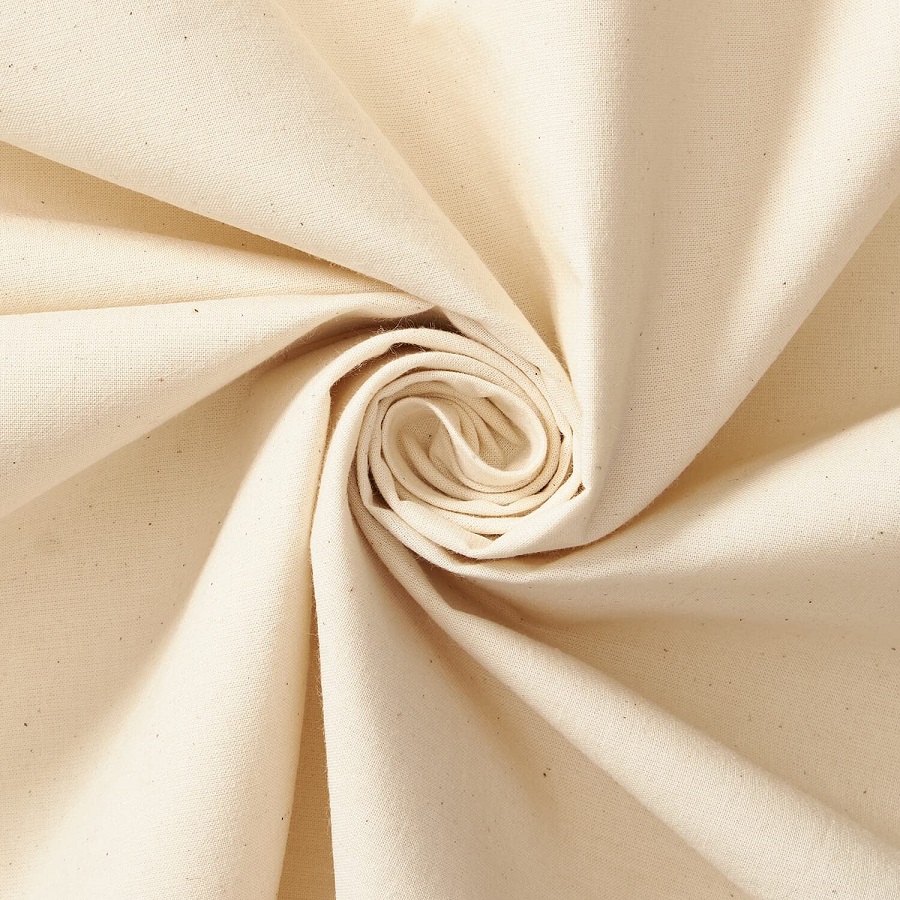
Properties That Make Muslin Stand Out
Muslin fabric’s unique properties make it a favorite in various industries. Its breathability, durability, comfort, and ease of care contribute to its standing as a prime textile choice. Let’s review these characteristics that highlight muslin’s outstanding performance.
Breathability and Its Benefits
The lightweight and loosely woven structure of muslin allows air to flow through easily. This breathability keeps the body cool, making muslin an ideal choice for summer clothing and baby swaddles. It helps to regulate temperature and reduce sweating, ensuring comfort in warm climates.
Durability Against Daily Wear and Tear
Despite its delicate feel, muslin is remarkably robust. It handles pulling and twisting well, which is essential in children’s garments where durability is crucial. New muslin blends, including those with bamboo fibers, add even more strength to the fabric, widening its scope of use.
Comfort and Softness for Sensitive Skin
Known for its gentle touch, muslin is perfect for sensitive skin. Its softness makes it a favorite for baby products and garments that rest directly against the skin, providing a soothing sensation and reducing irritation.
Low Maintenance and Ease of Care
Ease of care is another reason for muslin’s popularity. Machine washable and quick to dry, muslin garments and items are convenient to maintain. From busy parents to costume designers, its low maintenance makes muslin a practical and sustainable choice.
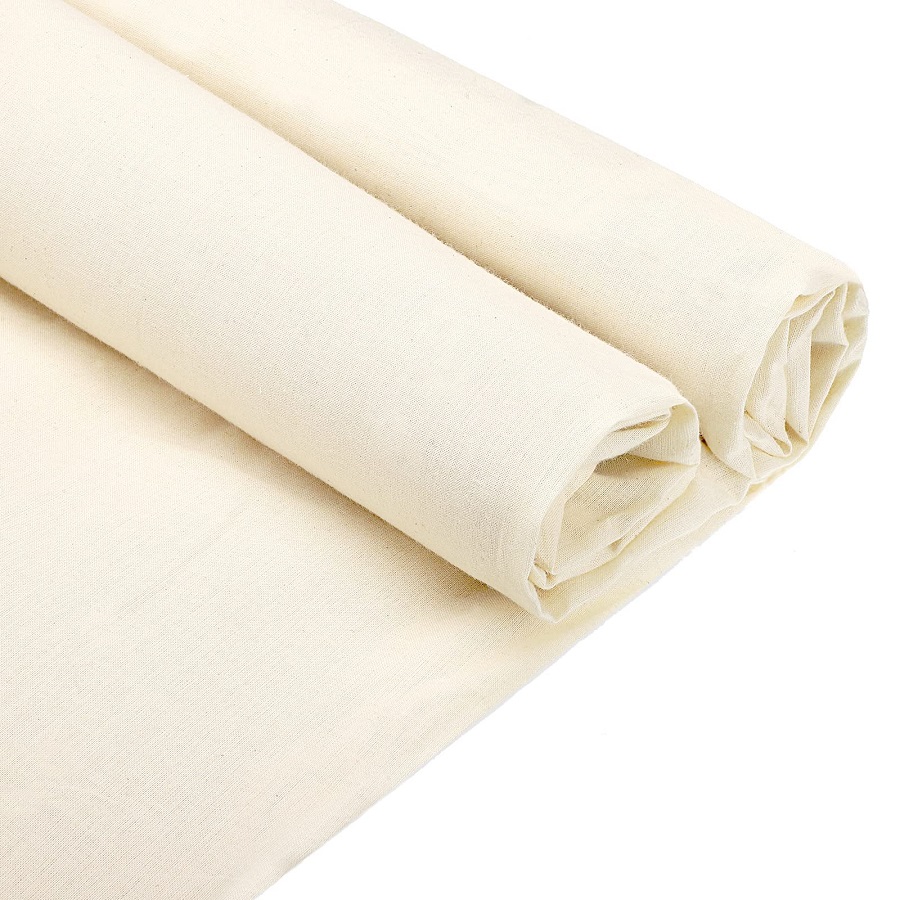
Versatile Applications of Muslin
Muslin fabric, due to its diverse properties, has found its way into numerous industries. Its ability to adapt to different uses makes muslin a go-to choice for many professionals. Whether it’s for fashion, home decor, medical supplies, or culinary needs, muslin’s versatility is unmatched. Let’s explore some of the common applications of this timeless textile.
Fashion and Garment Manufacturing
In fashion, muslin is a staple for designers. It’s ideal for creating prototypes or ‘toiles’ before finalizing designs. The fabric’s drape and texture offer a real-feel for the final garment’s look. Clothing for babies and adults alike often features muslin, due to its skin-friendly nature and easy care.
Essential Uses in Home Furnishings
Muslin brightens homes as lightweight curtains, delicate bedding, and soft furnishings. Its sheer quality allows for gentle light diffusion, creating an inviting atmosphere. Durable muslin varieties also make excellent tablecloths and furniture covers.
Specialty Applications in Science and Theater
In science, muslin is the fabric of choice for straining materials or as a filter. Theaters employ muslin for backdrops and set pieces, thanks to its large size and ability to take on paint. Its lightweight nature makes it easy to handle during quick stage changes.
The Role of Muslin in Healthcare and Culinary Arts
Muslin serves a crucial role in healthcare as bandages and dressings due to its softness and breathability. In the kitchen, it’s perfect for making cheese, straining stocks, and keeping food fresh. Chefs and healthcare providers alike appreciate muslin for its multipurpose uses and ease of sanitation.
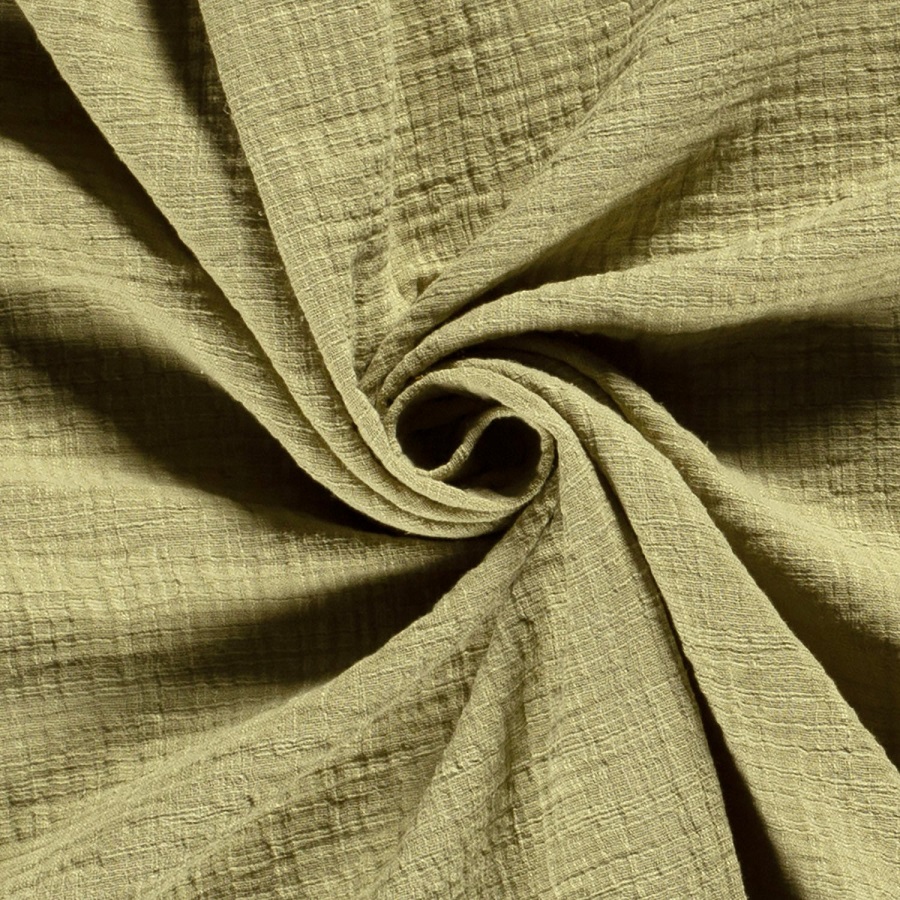
Muslin Vs. Cotton: Understanding the Differences
Muslin and cotton often create confusion. It’s important to understand they are not the same.
Differences in Fiber and Fabric Type
Muslin is a fabric, made from cotton fibers. Cotton is the raw fiber that makes many fabrics.
Muslin’s unique weave gives it a light, breathable quality. Cotton can be woven into various fabrics, like denim or terrycloth, each with different characteristics. Cotton fiber can produce many types of cloth, while muslin refers specifically to a certain weave and lightness.
Comparing the Various Uses of Cotton and Muslin
Cotton’s use is vast, from heavy-duty jeans to soft bed sheets. Its adaptability is unmatched. Muslin, known for its softness, suits delicate items like baby wraps and summer dresses.
Muslin is a favorite for testing clothing patterns. Cotton, in its many forms, dresses people, covers tables, and dries hands. Both are essential in their ways, but their uses can be quite different.
Muslin’s breathability makes it ideal for summer clothing, while cotton’s variety serves numerous needs all year round. Both play a pivotal role in fashion and home goods, but muslin shines for its delicate applications and cotton for its diverse utility.
Caring for Muslin Garments
Proper care extends the life of muslin garments. Let’s look at how to keep them fresh and long-lasting.
Best Practices for Washing and Drying
Muslin is easy to care for but requires gentle handling. Wash muslin in cool water, either by hand or on a delicate machine cycle. Avoid harsh detergents that can damage the fibers. After washing, air dry muslin items or use a low heat setting on the dryer. Don’t wring out muslin; it may cause wrinkles and distort the shape.
Ensuring Longevity of Muslin Fabric Items
Keep muslin fabric items looking new with these tips:
- Use mild, eco-friendly soap to preserve the fabric’s natural softness.
- Avoid bleach, which can weaken muslin fibers over time.
- Iron muslin on a low setting if needed, but try to lay items flat to dry in their natural shape.
- Store muslin garments in a cool, dry place to avoid mold or mildew.
With proper care, muslin garments remain soft and durable, offering comfort and elegance for years.
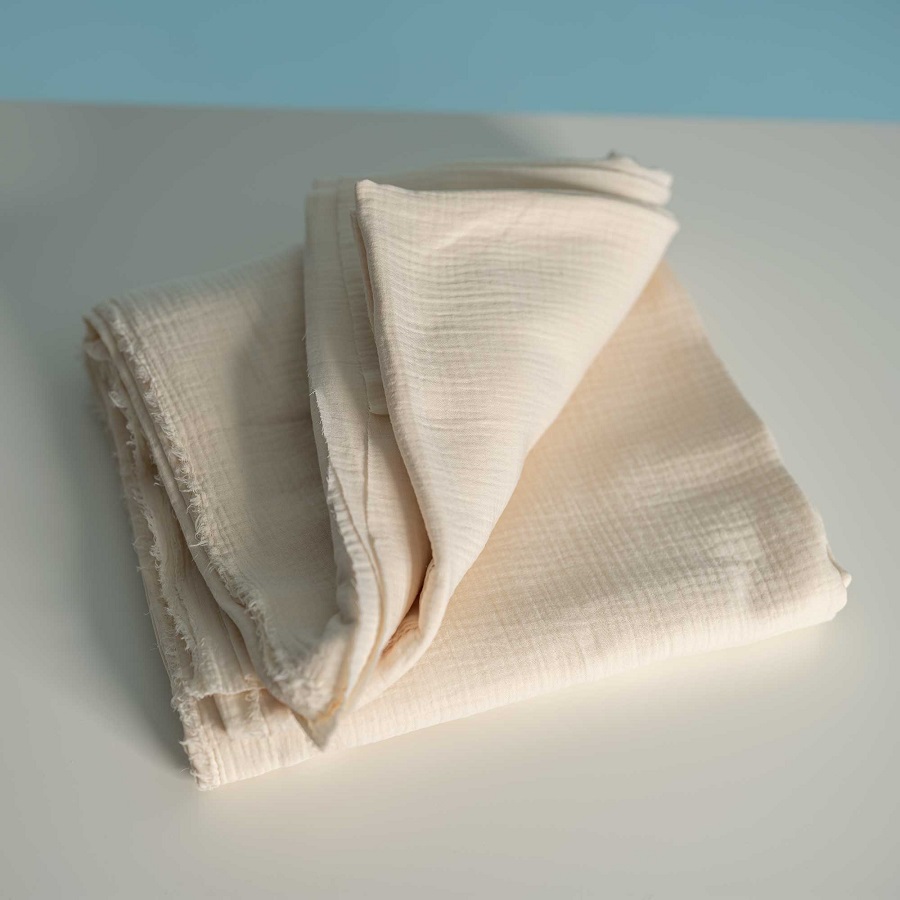
FAQs on Muslin Fabric
Muslin fabric raises questions from users and manufacturers die to its unique characteristics and diverse applications. Below you’ll find some frequently asked questions about muslin fabric.
Common Questions from Muslin Fabric Users and Manufacturers
Here’s a round-up of the most common inquiries that crop up when dealing with muslin fabric:
- Is muslin fabric the same as cotton? No. Cotton is a fiber; muslin is a type of fabric made from cotton fibers.
- Can muslin be used for summer clothing? Yes, its breathability makes it perfect for hot weather attire.
- Does muslin shrink after washing? It may shrink, especially when machine dried. Air drying is recommended.
- How should I wash muslin garments? Use cool water and gentle soap, either by hand or on a soft machine cycle.
- Can muslin be ironed? Yes, but use a low heat setting and avoid steaming to prevent damage.
When selecting muslin fabric, consider these tips from experts:
- Choose the right type of muslin for your project; each variety has a specific use.
- Test wash a small piece before cleaning the entire garment to check for shrinkage or color fastness.
- Opt for pre-shrunk muslin if you’re concerned about the fabric size after laundering.
- Consult with a professional if you’re unsure about which muslin to use for your design.





